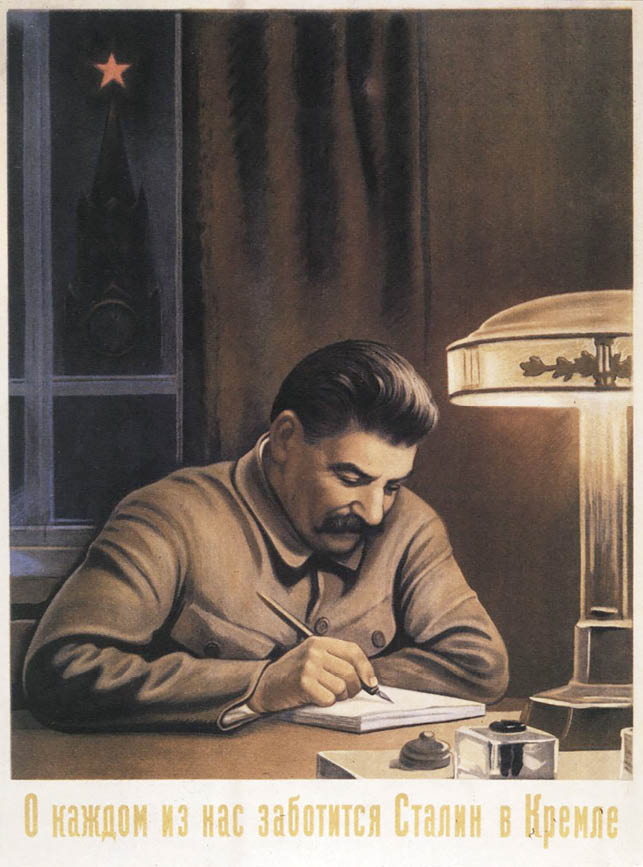The Incredible Life of Josephine Baker
You may have heard of Josephine Baker. When you hear her name you probably imagine a seductive '20s flapper dancing in a banana skirt. Whilst this is true, Baker has an interesting historical role. I see her as a sort of Forest Gump figure. By this I don't mean she loved to run and was awesome at ping pong, I mean that she was often at the forefront of pivotal historical moments, including the East St Louis race riots, the Roaring '20s, the French resistance and Martin Luther King's I have a dream speech. The more you read about her, the more you can appreciate what an incredible and interesting life she led.
A St Louis Girl
Freda Josephine McDonald was born in St Louis, Missouri in 1906 to a family of performers. However her parents struggled to find stable careers in performance and instead had to take alternative work. When she was 8, Josephine took odd jobs, such as scrubbing floors, to help the family income. To support her income, she also used to dance on the sides of the streets in order to collect more money.
At the age of 11, Josephine witnessed the East St. Louis race riots. Following a labour dispute, the white people of East St. Louis beat and murdered African Americans on a three day rampage. 'Official' reports detail that 39 African Americans were killed but it is believed that the death toll was much higher. In 1952, Josephine returned to St. Louis and gave a speech recalling what she witnessed:
"...when I was a little girl I remember the horror of the East St. Louis race riot. I was very tiny but the horror of the whole thing impressed me so that here today at the age of forty five years I can still see myself standing on the west bank of the Mississippi looking over into East St. Louis and watching the glow of the burning of Negro homes lighting the sky. We children stood huddled together in bewilderment, not being able to understand the horrible madness of mob violence but here we were hiding behind the skirts of grown ups frightened to death with the screams of the Negro families running across this bridge with nothing but what they had on their backs as their worldly belongings."
When Josephine was thirteen she got married for the first time but this marriage only lasted for a month. She soon joined a vaudeville troupe, known as the Dixie Steppers, with whom she travelled and performed with around the country. At 15, she married Willie Baker, becoming Josephine Baker. Around this time, she joined the broadway show Shuffle Along in New York and across the nation with its touring show. Baker practised her dancing and placed her own unique comedic stamp on her moves, often rolling her eyes and pulling silly faces. The History Chicks note that she really tried to create the image of herself as a diva, adored by all.Whilst touring with Shuffle Along, Baker regularly experienced racial discrimination with other performers calling her 'the monkey' simply because she had darker skin. Soon Josephine was offered a job at the Plantation Club, a classy nightclub for the elite where she was greatly inspired by the incredible Blues performer, Ethel Waters. Baker was soon scouted by Caroline Dudley who wanted to put together an "all-black Revue to perform in Paris". This was a favourable option for Baker as she had heard stories of the lack of racial discrimination in France. Later in her life, she recalled,
"it [the Eiffel Tower] looked very different from the statue of Liberty, but what did it matter? What was the good of having the statue without the liberty, the freedom to go where one chose if one was held back by one's colour?"
These hopes of a free world in were supported on her voyage to France by Sidney Bechet, a saxophonist and clarinetist, who assured her that things would be different.
A Parisian Life
In 1925, Baker arrived in Paris as was performing with Dudley's La Revue Négre at Théâtre des Champs Élysées. Josephine stunned the audiences with her sensational steps of the Charleston and eventually danse sauvage, a more wild and frantic dance where she appeared topless and wearing pink feathers. Baker became the poster girl for the show and soon rose to fame.
Within a year, crowds flocked in their masses to see Josephine perform at Folies Bergére. This is where Baker gave her most famous performance, descending from a palm tree dressed only in pearls, wrist cuffs and a skirt made of 16 rubber bananas. Almost overnight her fame exploded. You could buy Josephine Baker dolls and Bakerfix which was a hair pomade that would allow you to get Baker's sleek hairstyle. By 1936, Josephine Baker was one of the highest paid entertainers in the world. With fame and riches surrounding Baker, she was able to afford a plethora of animals, including a diamond wearing cheetah named Chiquita.
 |
| Baker with Chiquita |
Civil Rights Champion
In 1950s, Baker returned to America. Upon her return she saw that racism was still rampant across the country and this did not sit well with her. Baker worked closely with the NAACP who honoured her work by declaring 20 May as 'Josephine Baker Day'. She was regularly refused entry into hotels and restaurants due to the colour of her skin. Baker refused to perform on stage where audiences were segregated often forcing venue managers to integrate their audiences. The BBC note that there was one particular case in New York where Baker made charges against a club owner for refusing to serve her. As a result, she ended up the FBI's watchlist and lost her US Citizenship.
With the help of Bobby Kennedy, Josephine returned the the US in 1963 for the March on Washington where she was one of two women to address the crowd of 250,000 people and she was dressed in her French Resistance uniform. It honestly blows my mind that this is not widely know especially since she gave her speech right before Martin Luther King gave his I have a dream speech. Josephine's speech was sensational. you can read the full transcript.
"You know, friends, that I do not lie to you when I tell you I have walked into the palaces of kings and queens and into the houses of presidents. And much more. But I cold not walk into a hotel in America and get a cup of coffee, and that made me mad." - Josephine Baker, March on Washington 1963Josephine began to adopt children from various nationalities and races to create a diverse family that she called The Rainbow Tribe. At first this sounds very Angelina Jolie but she had good intentions. Baker's aim was to create a diverse family of varying nationalities to prove that people could live in peace and harmony no matter their race.
When you hear the name Josephine Baker from now on you will no longer simply remember a 1920s dancer in a banana skirt but a world class performer, spy and activist.
Further Reading:
Arlisha Norwood Josephine Baker https://www.womenshistory.org/education-resources/biographies/josephine-baker
Morgan Jerkins, 90 Years Later: The Power of Josephine Baker's Banana Skirt https://www.vogue.com/article/josephine-baker-90th-anniversary-banana-skirt
You're Dead to Me (Podcast) https://www.bbc.co.uk/programmes/p086dx47
Josephine Baker https://www.britannica.com/biography/Josephine-Baker
Speech in St. Louis on the 3 February 1952, The Josephine Baker Home Coming Day https://www.umsl.edu/virtualstl/phase2/1950/events/perspectives/documents/jbhomecoming.html
East St. Louis Race Riots https://www.smithsonianmag.com/smithsonian-institution/east-st-louis-race-riot-left-dozens-dead-devastating-community-on-the-rise-180963885/
Peggy Caravantes, The Many Faces of Josephine Baker: Dancer, Singer, Activist, Spy (Chicago: Chicago Review Press 2015)
Josephine Baker, From Dixie Steppers to Exotic https://artchateau.com/Article.php?pid=20128
Josephine Baker: Image & Icon https://www.thesheldon.org/pdf/Baker_Ed_Packet.pdf
Josephine Baker http://thehistorychicks.com/tag/josephine-baker/
Alan Schroeder, Heather Lehr Wagner, Josephine Baker: Entertainer (New York: Chelsea House Publishers 2006)
Morgan Jerkins, 90 Years Later, the Radical Power of Josephine Baker’s Banana Skirt https://www.vogue.com/article/josephine-baker-90th-anniversary-banana-skirt
Josephine Baker's Secret Life as a World War II Spy https://historynewsnetwork.org/article/170603
Laura Mariani Josephine Baker: Did the banana skirt start it all? https://www.thepeoplealchemist.com/josephine-baker
(1963) JOSEPHINE BAKER, “SPEECH AT THE MARCH ON WASHINGTON” https://www.blackpast.org/african-american-history/speeches-african-american-history/1963-josephine-baker-speech-march-washington/
Jessica Goldstein, March on Washington had one female speaker: Josephine Baker https://www.washingtonpost.com/lifestyle/style/march-on-washington-had-one-female-speaker-josephine-baker/2011/08/08/gIQAHqhBaJ_story.html
Joanne Griffith, From Exotic Dancer to Activist http://www.bbc.com/culture/story/20141222-from-exotic-dancer-to-activist







